By Brig. Gen. Raymond E. Bell Jr.
It was an impressive sight. Upon the reviewing stand as honored guest was General Dwight D. Eisenhower, supreme commander of Allied forces in Europe. It was an autumn day in October 1946, in Munich, Germany, and he was taking the pass in review of the 2nd Constabulary Regiment. At the head of the formation the regimental commander, Colonel Charles Reed, a seasoned cavalryman, rode on a handsome charger. He was followed by a platoon of mounted soldiers which trotted in front of a khaki-clad band. Behind the musicians came the regiment’s motorized and mechanized vehicles, all fully manned. As the last element passed down the Munich street, all observers agreed the parade was a huge success, and the regiment was praised for its performance. The Americans in postwar Germany staged many such parades, but this one was unique.
Unbeknownst to Eisenhower, and surely to everybody else outside the 2nd Constabulary Regiment, not every participant in uniform was an American soldier. Half the troopers mounted on horseback, most of the musicians, and a portion of the crews in vehicles were veterans of the demobilized German 11th Panzer Division, the Gespensterdivision (Ghost Division). The fact that this situation arose is a most intriguing story of the surrender of a crack German Army fighting division and its eventual role in this impressive show of American armed might. It all had to do with a unique relationship between the division and the constabulary regiment and the terribly undermanned condition of the 2nd Constabulary Regiment on the day of the parade.
The Origin of the German 11th Panzer Division
The 11th Panzer Division had originally been organized in August 1940, in the then German province of Silesia, now part of Poland. Elements of the division, the 15th Panzer Regiment and the 11th Rifle Brigade, had previously participated in the Polish campaign of 1939 and the 1940 invasion of France and the Low Countries. The infantry brigade allegedly received the nom de guerre of “ghost brigade” from a British officer when the unit appeared unexpectedly behind Allied lines in Holland during the Germans’ May 1940 invasion. In the fall of 1940, as the 11th Panzer was being organized, the new division adopted as a mark of honor the title of “Gespensterdivision” or “Ghost Division.” The 11th incorporated an image of a ghost in its symbol used as part of its combat identification markings.
From France the 11th Panzer Division deployed to the Balkans for the 1941 campaign. It then fought in Russia and was heavily engaged in the battles around Stalingrad in 1942. It was cited for distinguished service three times in 1943 for action on the Eastern Front. In the summer of 1944, the 11th Panzer Division was stationed in southern France as part of the German Nineteenth Army, charged with resisting any invasion of France from the Mediterranean Sea. When the Americans and French landed on the southern coast of France in August, the 11th Panzer Division fought a rearguard action up the Rhone Valley. As the Western Front stabilized along the German-French border, the 11th did battle well into the autumn of 1944.
Coming into Contact With 2nd Cavalry
The German 11th Panzer Division first came into contact with elements of the 2nd Constabulary Regiment’s predecessor, the 2nd Cavalry Group, in the French province of Lorraine. Then, as the Americans drove into central Germany, the 11th Panzer Division was badly mauled but still managed to duel effectively with U.S. units such as the 94th Infantry Division. The German division won the reputation of being a tough but honorable opponent. Finally, unable to stem the overwhelming tide facing it, the 11th Panzer Division withdrew eastward at the beginning of May. Still intact as a fighting organization, the division was located just inside the western border of Czechoslovakia. It is here that the saga of the 11th Panzer Division’s surrender began.
The commanding general of the 11th Panzer Division was Generalleutnant (Major General) Wendt von Wietersheim, a tall handsome man, 45 years of age, an able and experienced commander. He was also a pragmatist. When the division surrendered, however, he was not officially recognized as being in command. On April 15, 1945, a full two weeks before the bulk of the 11th Panzer Division surrendered, von Wietersheim was relieved of division command and ordered to Berlin. His new assignment was to command the LI Panzer Corps, a “paper” organization which was to participate in a last ditch defense of the German capital. But von Wietersheim never got to Berlin.
Wietersheim’s Hidden Agenda
Ever the realist, the German general had recognized that the end of the war was near, and he had no desire to be in the beleaguered capital at the end, no matter how much duty called. He therefore reported himself sick and unable to assume his new position. At the same time, he remained close to division headquarters where he was available for consultations with the new commander, Generalmajor (Brigadier General) Freiherr Edgar von Buttlar, and the 11th Panzer Division staff. There seems to have been no problem with having the popular former commanding general in such close proximity to the division’s nerve center.
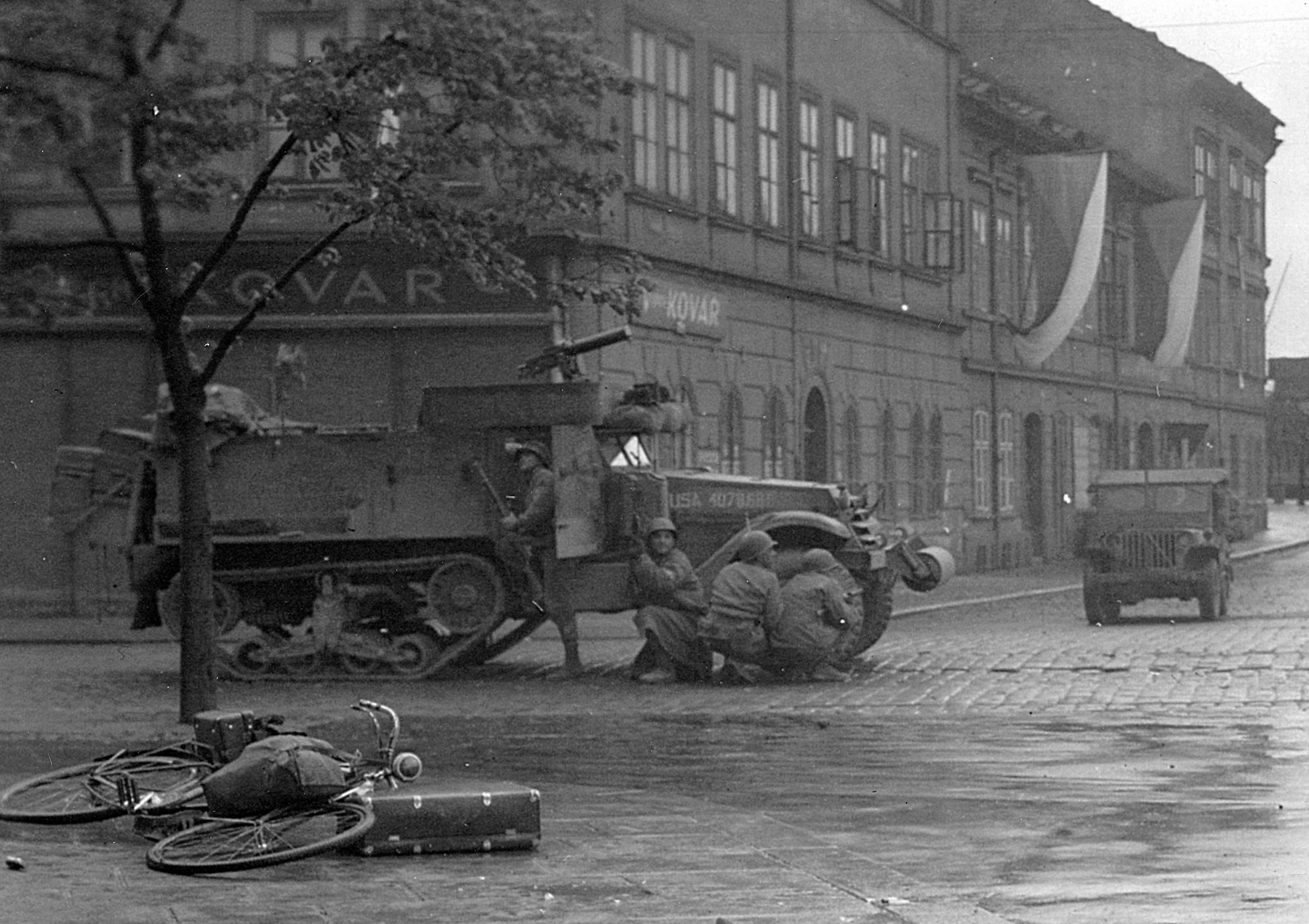
Apparently it was also part of von Wietersheim’s hidden agenda to seek an appropriate opportunity to achieve an honorable end for the 11th Panzer Division by surrendering it to the Americans. Evidently he had been contemplating doing so for the whole month before May 2, but events intervened and did not allow him the opportunity.
Racing Through the German-Czech Border
When von Wietersheim relinquished command, the division was in the process of withdrawing into the border area of western Czechoslovakia, the Sudetenland. Here the 11th Panzer Division was trying unsuccessfully to slow the swift advance of General George S. Patton, Jr.’s Third Army. As columns of the American 11th Armored Division, backed up by infantry units, raced southeast along the southern German-Czech border, the 11th Panzer Division tried to beat back probes into its positions by supporting U.S. infantry divisions such as the 26th and 90th and the 2nd Cavalry Group.
The fast progress of the Americans in the direction of Linz, Austria, led to conflicting orders to the 11th Panzer Division by the German high command. On April 25, a Kampfgruppe (battle group) consisting of the 111th Panzergrenadier Regiment and a tank company with combat support and service support elements was ordered to the Czech town of Domazlice. The remainder of the 11th Panzer Division was to join the battle group when the division obtained the motor fuel required to move the organization. Meanwhile, the 11th Panzer Division’s mission was to block an American advance on Pilsen, home in Czechoslovakia to the world famous Pilsen beer. On April 28, the division arrived at its assigned operational area close to the Czech-German border.
To Volary
No sooner had the bulk of the division assembled in its new location than orders were received for the German 11th Panzer Division to move over mountainous terrain a further 60 miles to the southeast to the Czech town of Volary. The new mission was to block the U.S. 11th Armored Division from entering Linz.
Once again, this was a piecemeal operation caused by the shortage of fuel which by now was critical. As it was, there was only enough fuel to move the previously formed Kampfgruppe, which was led southeast by the “official” division commander, von Buttlar. Von Wietersheim remained “indisposed” with the main body of the division around Domazlice. On May 2, von Buttlar and his battle group arrived in the vicinity of Volary, where they were soon to come into contact with the U.S. 26th Infantry Division. Not only were his units low on fuel, but he was out of effective signal communication range with the main body of the 11th Panzer Division.
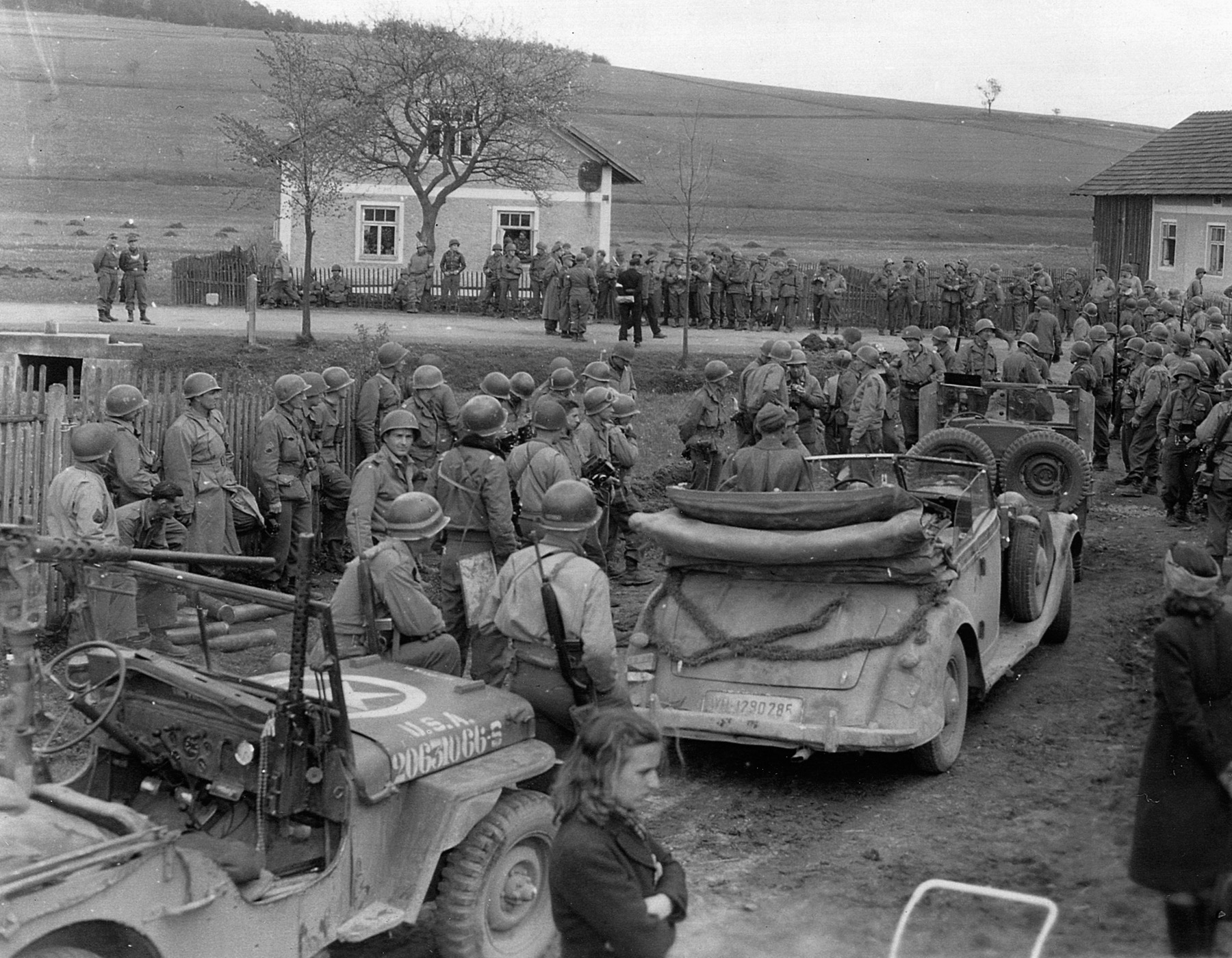
Knowing Your Enemy: How the 2nd Cavalry and the 11th Panzer Division “Knew” Each Other
Wise heads, both German and American, were to prevail at this juncture. At the end of April, elements of the U.S. 2nd Cavalry Group (commanded throughout the war by Colonel Reed) had entered the Czech town of Hostoun to rescue some 500 Lipizzaner horses. Reed’s men also had to contend with fanatical Nazis and soldiers studying at non-commissioned officer schools, which had been moved to Czechoslovakia from Germany. For the 11th Panzer Division, however, Reed was to do a big favor. Operating as it was on the left flank of the advancing U.S. units along the Czech-German border, the 2nd Cavalry, skirmishing with 11th Panzer Division units, soon came into contact with the forward elements of the Soviet Red Army advancing from the east. When the Soviets realized that the 11th Panzer Division was in the vicinity, they began to seek the German division’s surrender.
The 2nd Cavalry had little interest in turning German soldiers over to the Soviets. This was due partially because of suspicions as to what might happen to the German troops, but it also had much to do with the fact that the 2nd Cavalry and the 11th Panzer had faced each other in combat and “knew” one another. During fighting in the French province of Lorraine in 1944, the two adversaries had exchanged seriously wounded soldiers. The 11th Panzer Division was also known to General Patton, who like Colonel Reed, was an old horse cavalryman. Perhaps Reed, who was no stranger to Patton, shared some of Patton’s adverse feeling for the Soviets. In any event, Colonel Reed played an important role in thwarting Soviet attempts to draw the Ghost Division into their clutches.
Patton To The 11th Panzer Division’s Rescue
Colonel Reed could not have acted without the influence of General Patton, who receives much credit for allowing the German 11th Panzer Division to surrender to the United States Army. Patton was taking a big chance when he allowed the division’s capitulation to take place as it did. He had received strict orders not to interfere with the political decisions, which gave the Soviets authority to claim all German forces in Czechoslovakia as their prisoners of war. Nevertheless, he authorized the surrender of the 11th Panzer Division because it was, “… the fairest and bravest of all the German divisions against which he had fought in this war.” His decision, however, was also approved by General Omar Bradley, who emphasized that the 11th Panzer Division enter captivity in an orderly manner.
So, while Colonel Reed was delaying the Soviets, the German soldiers of the 11th Panzer Division were preparing to surrender to the Americans. That is, most of the German units were getting ready to march into the arms of their adversaries. There was, however, a complication. While much of the 11th was around the town of Domazlice, there was still that element 60 miles away at Volary. And the official division commander was not in Domazlice, but with his Volary battle group, which was in communication with units near Domazlice only by means of motor messenger.
von Wietersheim Again Assumes Command to Negotiate the Surrender
Although there was, strictly speaking, no division commander with the bulk of the 11th Panzer Division, General von Wietersheim was present, even if he was officially supposed to be hospitalized. Having already disobeyed the order to report to Berlin, it would be easy for him to ignore other illogical commands and even to undertake unconventional actions. So on May 2, von Wietersheim called together all the division’s senior officers present in the Domazlice area. He then told them of his intention to open negotiations with the Americans for the surrender of the division. When the majority of the officers agreed to his plans (the Nazi Party members in the command strongly objected), von Wietersheim resumed command of the division.
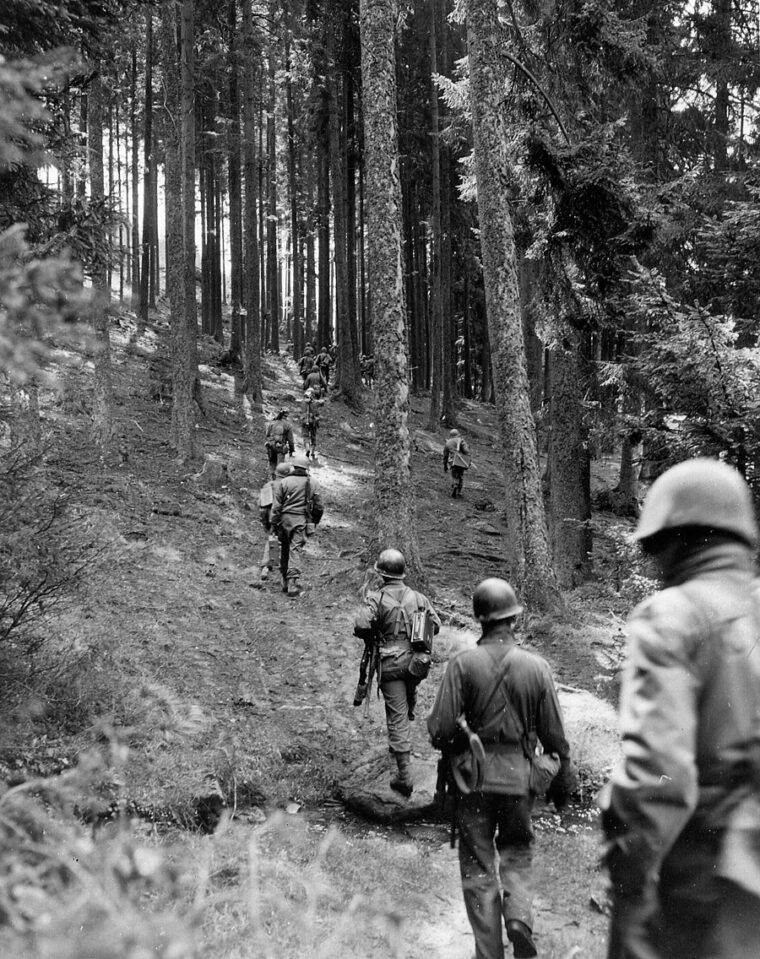
Von Buttlar, on the other hand, while acquiescing to von Wietersheim’s resumption of command and opening negotiations, did not take his own command responsibilities lightly. He felt it necessary to prepare to execute an order to move to Brno. However, von Buttlar, whose troops now faced the U.S. 26th Infantry Division, was also a pragmatist. He, therefore, was prepared to canvass his men as to their desires once it was known that von Wietersheim and other key officers had prevailed upon the majority of the division personnel to open talks.
The result of von Buttlar’s attempt to ascertain the preference of his troops was not unexpected. They definitely wanted to follow their comrades into the protective arms of the Americans. They also had little interest in continuing combat operations. They wanted honorable terms and not to have to surrender to the Soviets. To accomplish these two objectives, the leaders of the division had to make the right contacts.
Political Turmoil Complicates the Surrender
The 2nd Cavalry Group had already been in contact with elements of the 11th Panzer Division. At the same time, fanatical non-commissioned officers in German army schools were engaging in desperate actions. In one instance, a patrol of the 2nd Cavalry was ambushed by a group of these NCOs, and the captured vehicles were used in a ruse to attack a company of the U.S. 90th Infantry Division’s 357th Infantry Regiment advancing into Czechoslovakia. There was no telling what the mood of certain American troops would be when they were approached by Germans seeking to surrender, especially since the word was out concerning the rights which the Soviets had asserted.
Indeed, when a German emissary first tried to make contact with the 90th Infantry Division, he was rudely rebuffed. Major John H. Cochran, Jr., operations officer of the 3rd Battalion, 359th Infantry Regiment, recalls that when a German soldier with a white flag of truce approached his unit’s position he was brought to the battalion’s command post. The German insisted on being taken to the chief of staff of the 90th, which did not sit well with Cochran. Cochran’s sensibilities being offended, he asserted, “No German soldier was going to tell me what to do, so I returned him to our perimeter. He was told to return to whence he came.”
No Turning Back for the 11th
This was the first message, addressed to no one particular person or entity, carried into the lines of the 359th’s 3rd Battalion. It is probable that the previous contact with Colonel Reed’s 2nd Cavalry had given hope to von Wietersheim that such a message would automatically get into the correct hands. It was, nonetheless, a risky business, and the rejection of the first formal contact to surrender must have been unsettling to the staff of the 11th Panzer Division. Nevertheless, the first steps having been taken, there was now no turning back, especially since the Soviets were pressuring Colonel Reed to be allowed to take the surrender of the Germans.
A second attempt to make contact with the Americans, however, was successful. At 7:15 the next morning, May 4, Technical Sergeant Fifth Class Walter Huskey of the same U.S. infantry battalion’s G Company was manning a forward outpost when he spotted three German vehicles approaching. These Volkswagens were flying white flags. A tall young major dressed in the black uniform of the German armored troops approached Huskey and asked to speak with the U.S. division commander. It was the German 11th Panzer Division logistics officer, a Major Voightmann, who entered G Company’s lines and was taken to the 90th Infantry Division’s command post in the German town of Cham where he delivered the surrender proposal.
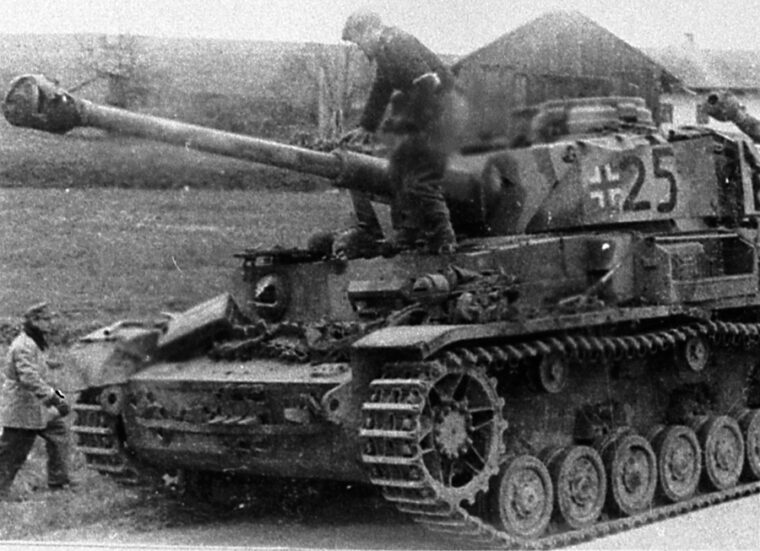
The persistence of von Wietersheim and staff paid off. For the 90th Infantry Division, however, this episode was really only a blip in its overall tactical operations. The XII Corps, the 90th’s immediate higher headquarters, had on May 4 ordered the entire division to pull back into a large goose egg around the German town of Viechtach, several miles from the Czech border. The division was to become the corps reserve. The German surrender offer, along with an order for the 357th Infantry Regiment to seize and clear the avenue of approach into Czechoslovakia through the German town of Regen early on May 5, caused the corps’ reserve plans to be changed. A combat command of the U.S. 4th Armored Division spearheading an eastward drive to capture Prague, the Czech capital, was then to pass through the 357th.
Racing Toward Surrender
It was also at this time that the 2nd Cavalry was having considerable trouble moving through the thick woods on the German-Czech border. Screening the left flank of the 90th, the cavalry encountered resistance which proved to be of great interest to the division it was protecting. On May 5, German officer candidate school students (the previously mentioned non-commissioned officers) put up stiff resistance, cutting off and wiping out a cavalry platoon, an event which was to result in severe repercussions for the 90th and could have adversely impacted surrender negotiations with the 11th Panzer Division.
The need for a hasty surrender by the 11th Panzer Division became increasingly apparent to the Germans. The delayed negotiations could have run into more trouble on May 5 as a result of the ambush of the 2nd Cavalry’s platoon.
The 357th Infantry Regiment had jumped off on the 5th in its attack to clear the pass into Czechoslovakia. Then, as a platoon of the regiment’s I Company was about to enter the small Czech village of Zhuri, the unit encountered two American scout cars which they took to be manned by 2nd Cavalry troopers. Instead, the two M8 scout cars opened fire on the unsuspecting Americans. Other Germans blazed away at the surprised American soldiers, killing 10 and wounding a further 10. The outraged Americans, embittered by this heavy loss so late in the war, closed on Zhuri and without artillery support proceeded to wipe out the German resistance in hand-to-hand combat. The German subterfuge cost the enemy 24 dead and 76 taken prisoner. The 2nd Cavalry recovered the two M8s and four quarter-ton trucks.
Meeting With 90th Infantry Division Commander Earnest
Luckily for the 11th Panzer Division, the timing of the surrender negotiations was not affected by the unfortunate incidents of May 5. General von Wietersheim got his wish. The 11th Panzer Division, still a cohesive if battered organization, was to march into captivity with its flags flying (albeit white ones) and its head held high. The Americans would stand off and allow their former adversaries to control their own people. When necessary, the 359th Infantry, designated by 90th Infantry Division headquarters to oversee the actual surrender, would lend administrative and logistics support. It soon would be required. But first, General von Wietersheim would have to meet the 90th Infantry Division commander, Brigadier General Herbert L, Earnest, and formalize the German troops’ surrender. The meeting was scheduled to take place at 4 pm on May 4.
At the appointed time, negotiations between General von Wietersheim got underway. As the talks progressed, General Earnest asked if the Germans had enough fuel to get their vehicles to the appointed assembly areas. Von Wietersheim replied that some of the vehicles would soon run out of gasoline. Earnest then said that in that case the men would have to walk. “No,” stated the German general with a sad smile, “They’re used to hauling each other’s vehicles.”
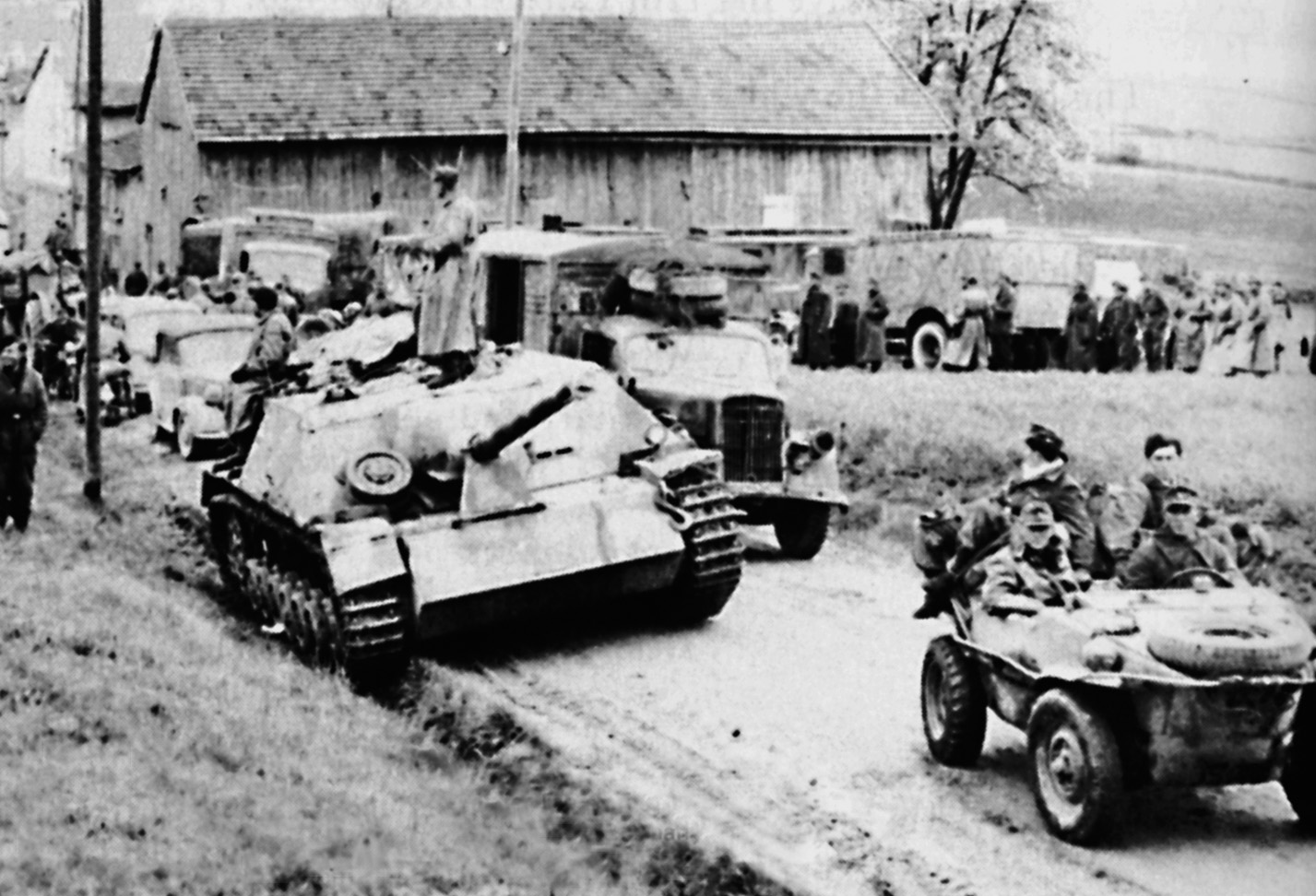
Levity In Times of Difficult Negotiations
Then occurred one of those moments in history when levity helped to assuage an awkward discussion. Generals Earnest and von Wietersheim went on to discuss further details of controlling the movement of the German troops into captivity. It was suggested to the German general that since more than a thousand vehicles would be entering the assembly area at dusk and during the night that the vehicles should use their headlights. One wag who was present was moved to voice a caveat on the use of lights at night by saying to the Germans, “If they [the Germans] are not afraid of the Luftwaffe [German Air Force].” This brought laughter from all those present and it was agreed that lights-on it would be. The talks were then soon ended.
Colonel Raymond E. Bell, commander of the 90th Infantry Division’s 359th Infantry Regiment who was present at the negotiations, remembered the ending of these surrender conversations. Von Wietersheim took his pistol out of its holster and handed it across the table to General Earnest as if he were turning his sword over to his vanquisher. Earnest, however, knew a gallant gesture when he saw one and reciprocated by removing his pistol from his holster and passing the weapon over to von Wietersheim. On this note of respect the formalities of capitulation ended. It was now time for implementation.
At 1:30 pm on May 4, the 90th Infantry Division headquarters, in anticipation of the formal surrender, had sent out orders that the 11th Panzer Division assemble in two areas. Each one of them was to have a water point established in it, a task to be accomplished by the 204th Engineer Battalion. It was estimated that the 11th Panzer Division would be logistically self-sustaining for four days. The division’s elements would take two routes out of Czechoslovakia, one through the border town of Rittsteig, the other through Vseruby where the negotiations had taken place. The routes would terminate in two assembly areas, designated “A” and “B,” one on either side of the German town of Koetzting. The 2nd Battalion of the 359th had responsibility for Area “A” to the west of Koetzting, while the 3rd Battalion was charged with Area “B.”
9,050 German POWs
At 5:25 that afternoon, an enemy column approached Lieutenant Colonel Orwin C. Talbott’s 3rd Battalion checkpoint. All seemed to be going well, but problems soon arose. There was the fuel challenge, which was anticipated, but then reports arrived at division headquarters that American soldiers of another infantry division were shaking down 11th Panzer Division soldiers passing through their lines. Lieutenant Colonel James O. Boswell, the division intelligence officer, proceeded to “straighten up the hold up.” By 11:30 that night, mechanized units of the 11th Panzer Division had closed in on the assembly areas while at 2:30 next morning dismounted German soldiers had begun to come through the checkpoints.
In all, some 9,050 German military personnel were counted as surrendering. Of these, 225 were officers, 1,713 non-commissioned officers, and 4,834 soldiers of the 11th Panzer Division. The rest were stragglers who came from a variety of different units. In terms of vehicles, some 155 motorcycles, 300 sedans, and 700 trucks were turned over to the Americans, but only seven tanks, 15 self-propelled guns, and five tank destroyers. The weapons count was also relatively low, with only six 150mm infantry howitzers and five 105mm howitzers being turned in. By 3:30 pm on May 5, the 90th Infantry Division command post had moved some 45 kilometers to the southeast along the Czech-German border at Zwiesel. At 10:30 that night, the division notified its 359th Infantry Regiment to be prepared to move into Czechoslovakia in the vicinity of Nyrsko some time on May 6.
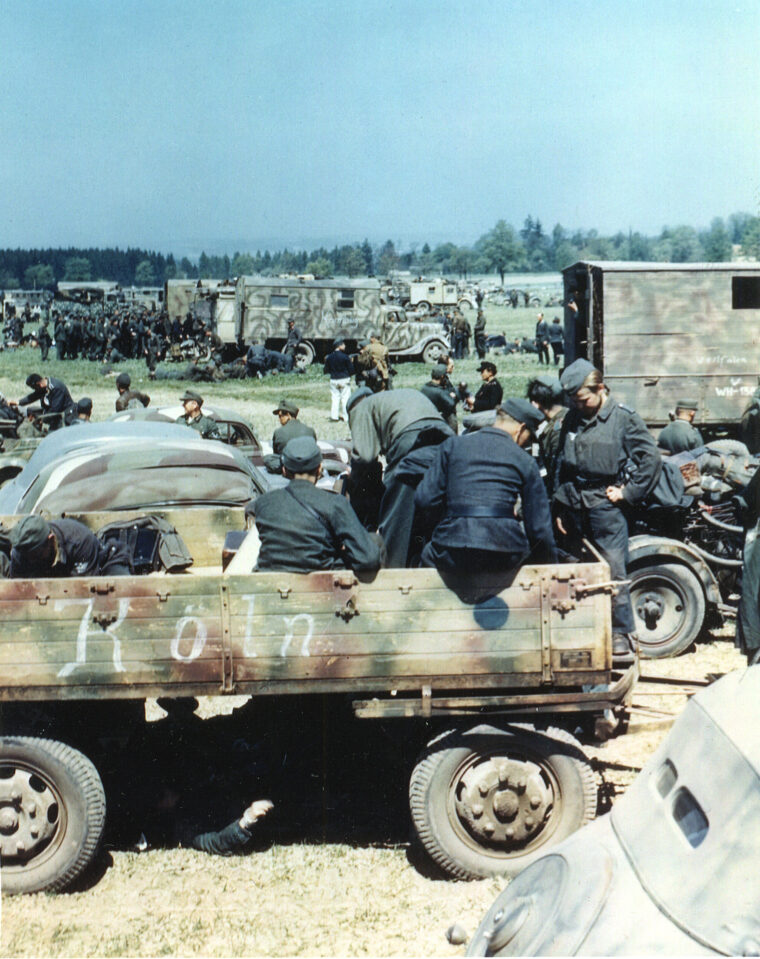
The 11th Panzer Division Lived on After the War
The division’s encounter with the 11th Panzer Division was hardly going to last even two full days. At the same time, the memory of the 90th’s taking General von Wietersheim’s surrender was rapidly fading. General Von Buttlar’s element surrendered a few days later to the U.S. 26th Infantry Division, and his soldiers proceeded to join the rest of the division around the town of Koetzting.
It now became the task of the 2nd Cavalry Group to pick up where the 90th and the 26th left off. It took another four weeks to finish disbanding the 11th Panzer Division under the supervision of the cavalry troopers.
Within a few days of the capitulation, Captain Ferdinand Sperrl, who spoke fluent German, had established a military government cell in the town of Koetzting, the site where the 11th Panzer Division was demobilized. German soldiers were soon permitted to journey home, some taking vehicles with them. Those who could not return to homes in Silesia, then under Soviet occupation, found new abodes, some around Koetzting. Sperrl established an outstanding relationship with not only the German units but the town as well, allowing a traditional folk festival to take place soon after the war ended for Germany. Fifty years after the end of the war, his appearance at reunions brought cheers from the division veterans and townspeople.
Well after the termination of hostilities in Europe and its official demobilization under the aegis of the 2nd Cavalry Group, the 11th Panzer Division retained vestiges of cohesion. The division band, for example, traded uniforms for civilian clothes and was dispatched to Regensburg, the headquarters of the U.S. XII Corps, which was performing occupation duties. The members became known as “Phillips (XII Corps’ Own) Band” and played for American entertainment in the ballroom of a local hotel.
Then there was the large elaborate parade in Munich in October 1946, which was staged for General Eisenhower. How Captain Sperrl, who allegedly orchestrated the coup of having former members of the 11th Panzer Division participate in the pass in review, accomplished the feat is to this day somewhat of a mystery.
“Feinden Wurden Freunde”
Such was the saga of the 11th Panzer Division’s surrender. Both the veterans of the 2nd Cavalry Group (whose postwar armored cavalry regiment patrolled the old East-West German border for many years) and the veterans of the 26th Infantry Division claim with gusto that the 11th Panzer Division surrendered to them. It was the 90th Infantry Division’s 359th Infantry Regiment, however, which actually took the surrender of the bulk of the 11th Panzer Division and then moved on quickly to other tasks.
Even if the American veterans dispute the final outcomes, there is no question that over the years the members of the German 11th Panzer Division—the Ghost Division or Gespensterdivision—and their former U.S. adversaries could proudly assert that “Feinden wurden Freunde,” that is, “Enemies became Friends.” Today the German Ghost Division, “which was real and deadly,” is now truly an apparition, while the division’s noble and effective performance has now passed into the annals of World War II armored combat.
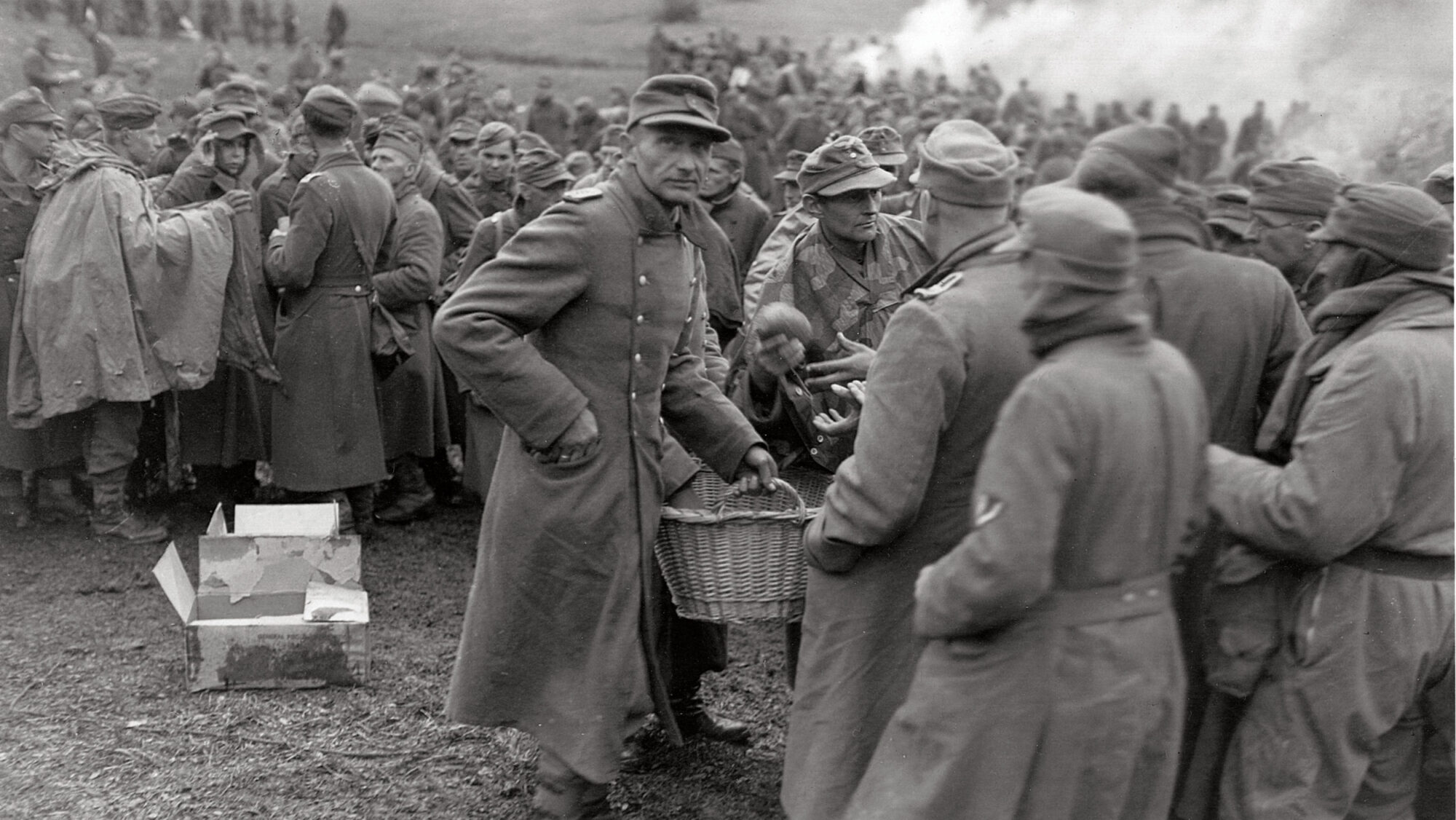
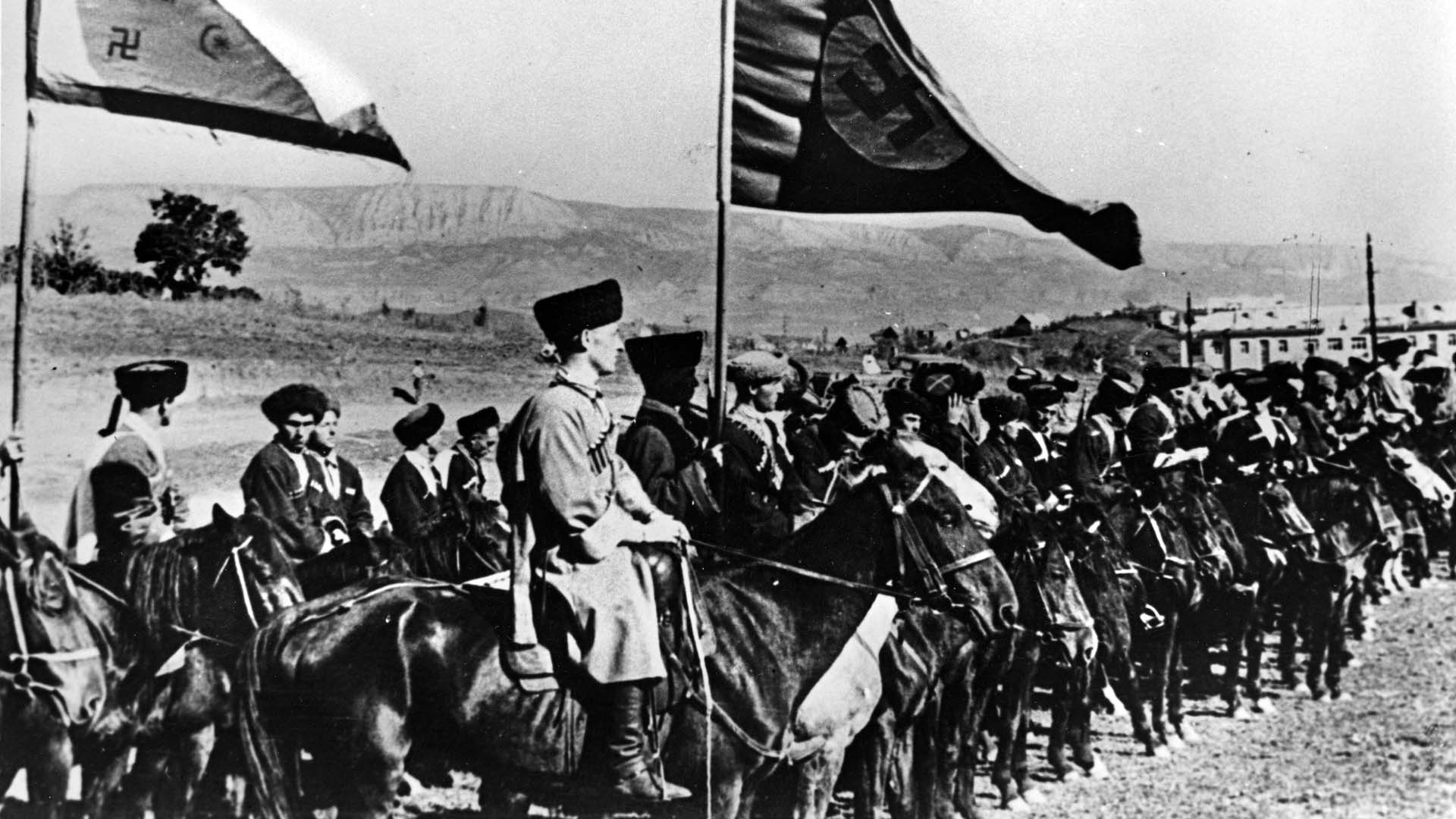
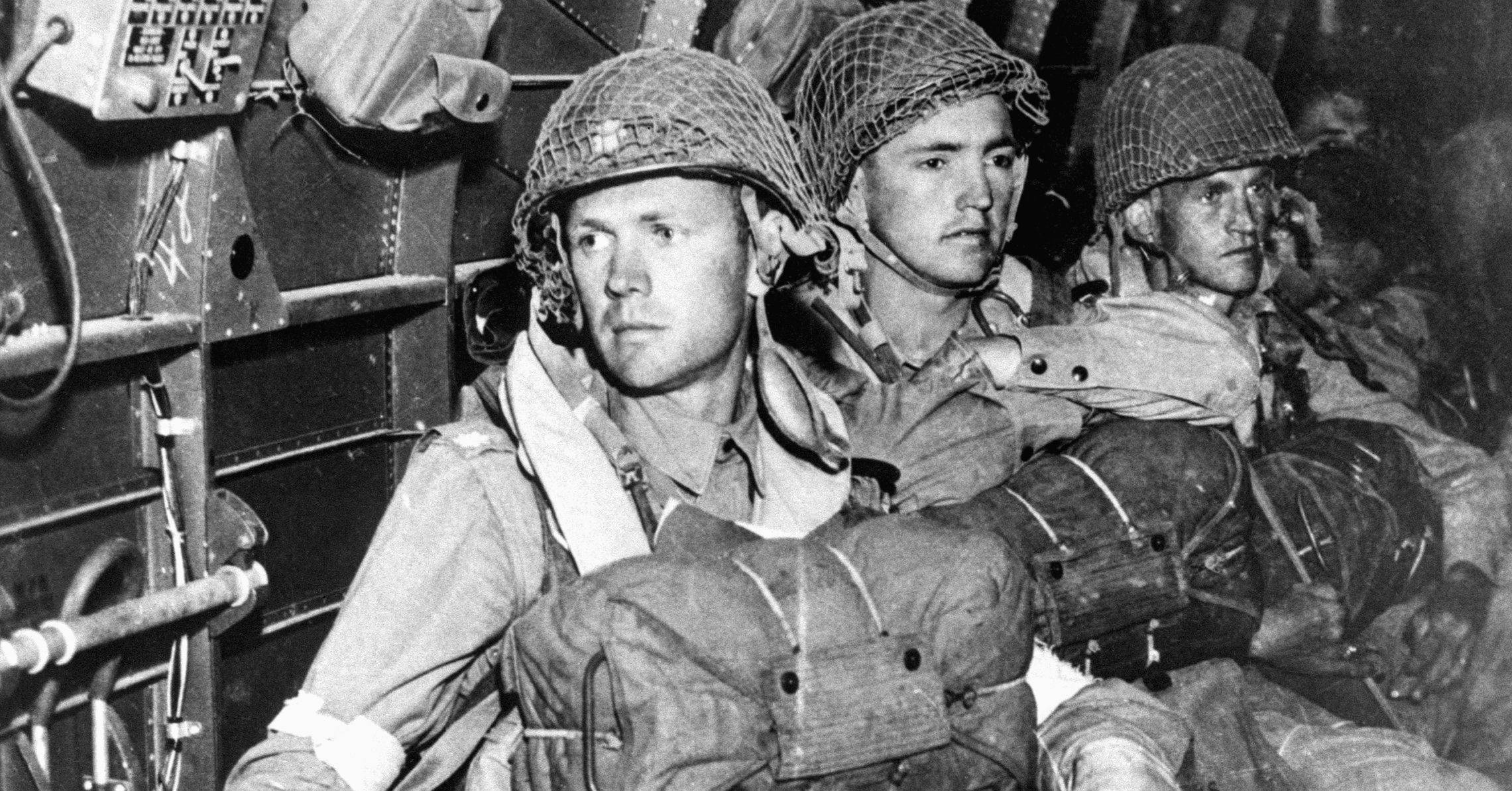
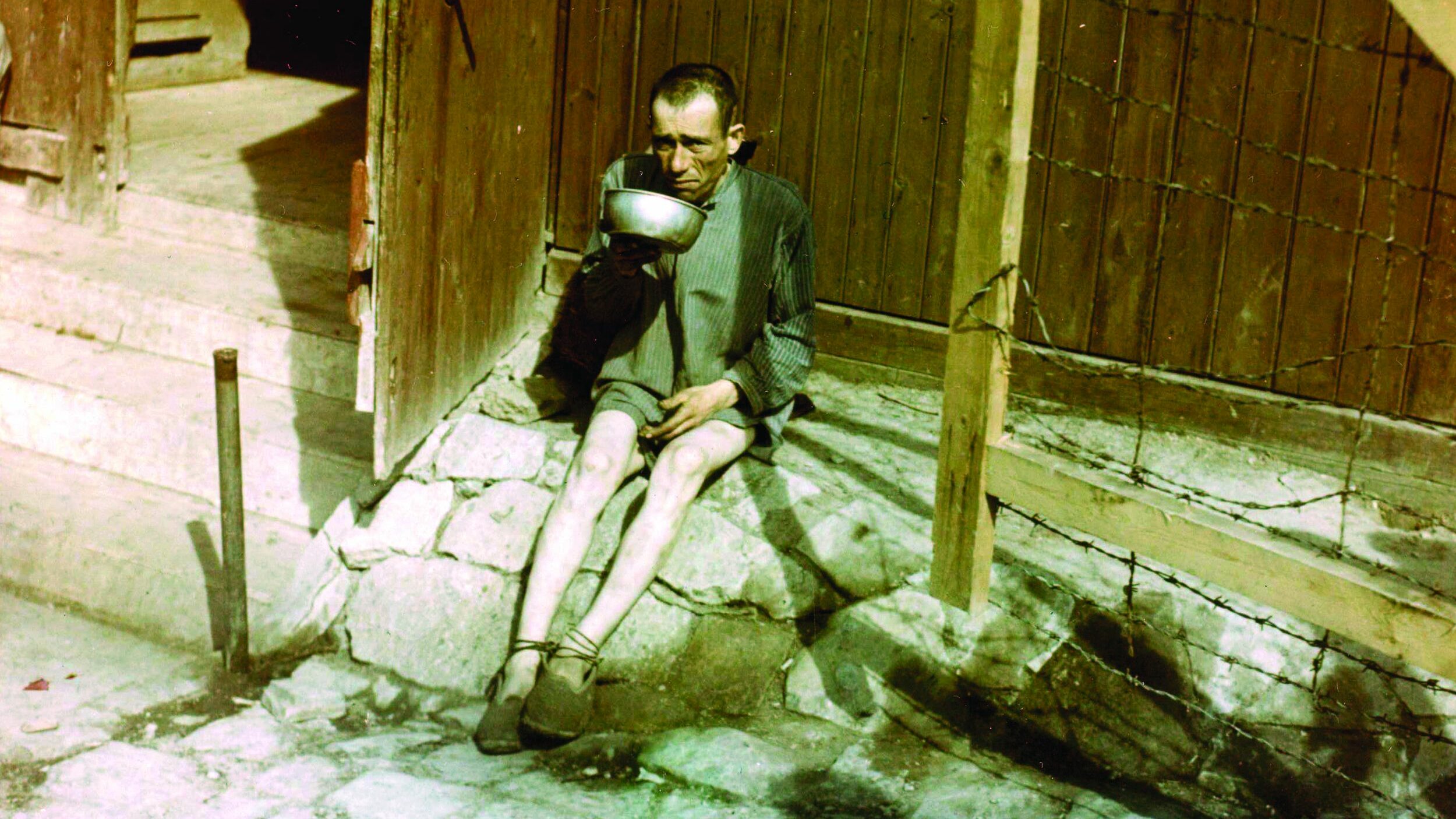
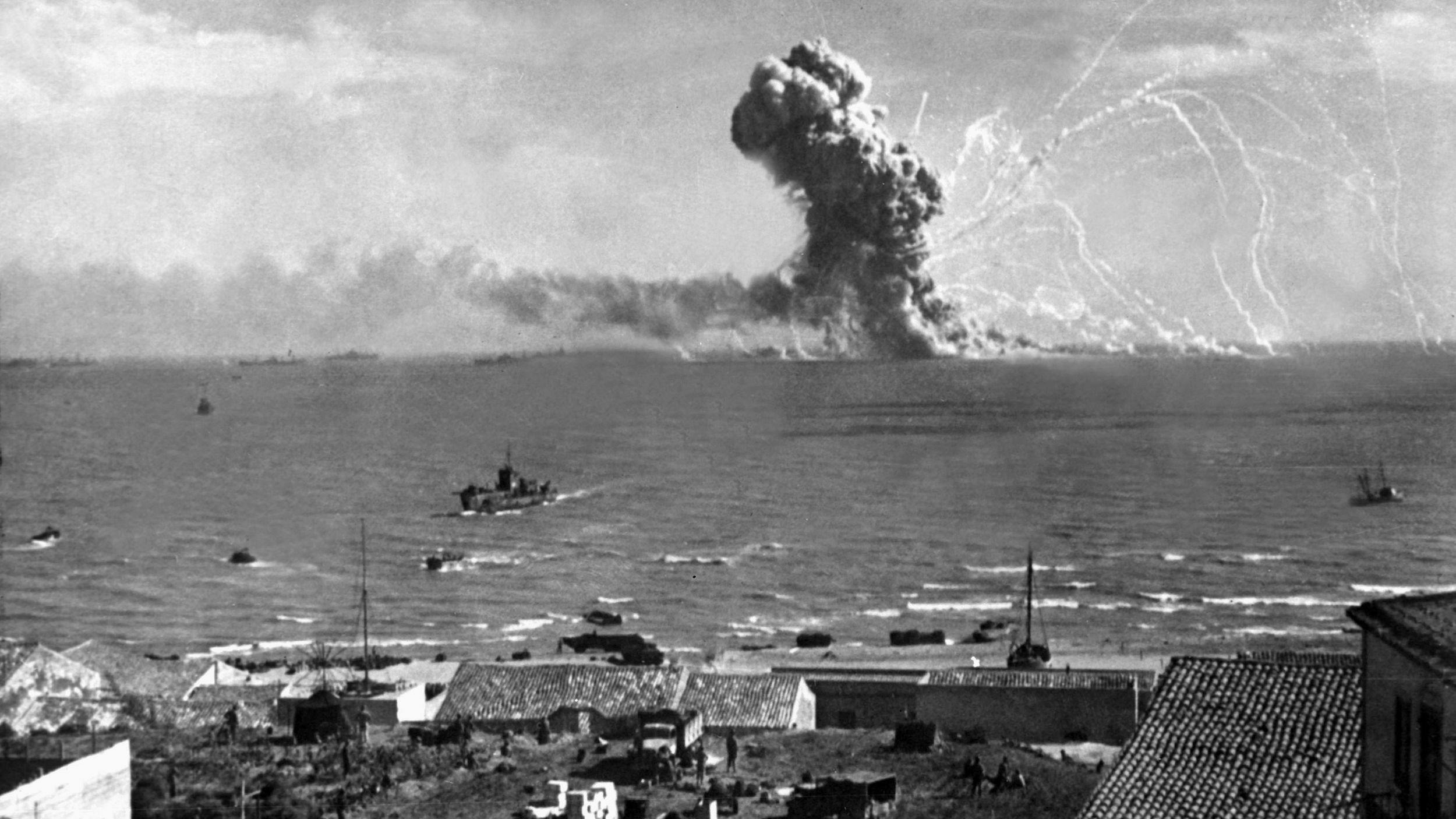
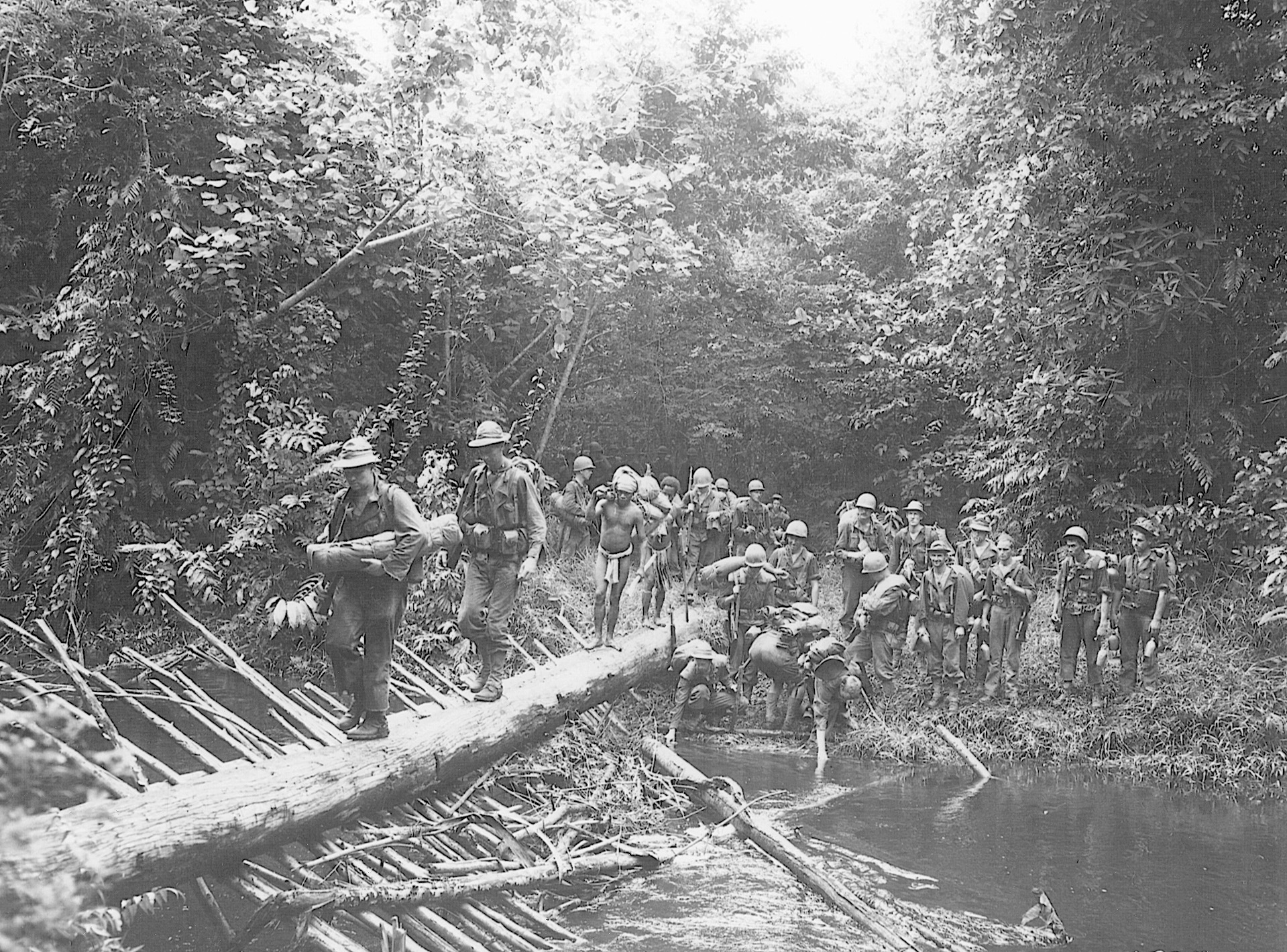
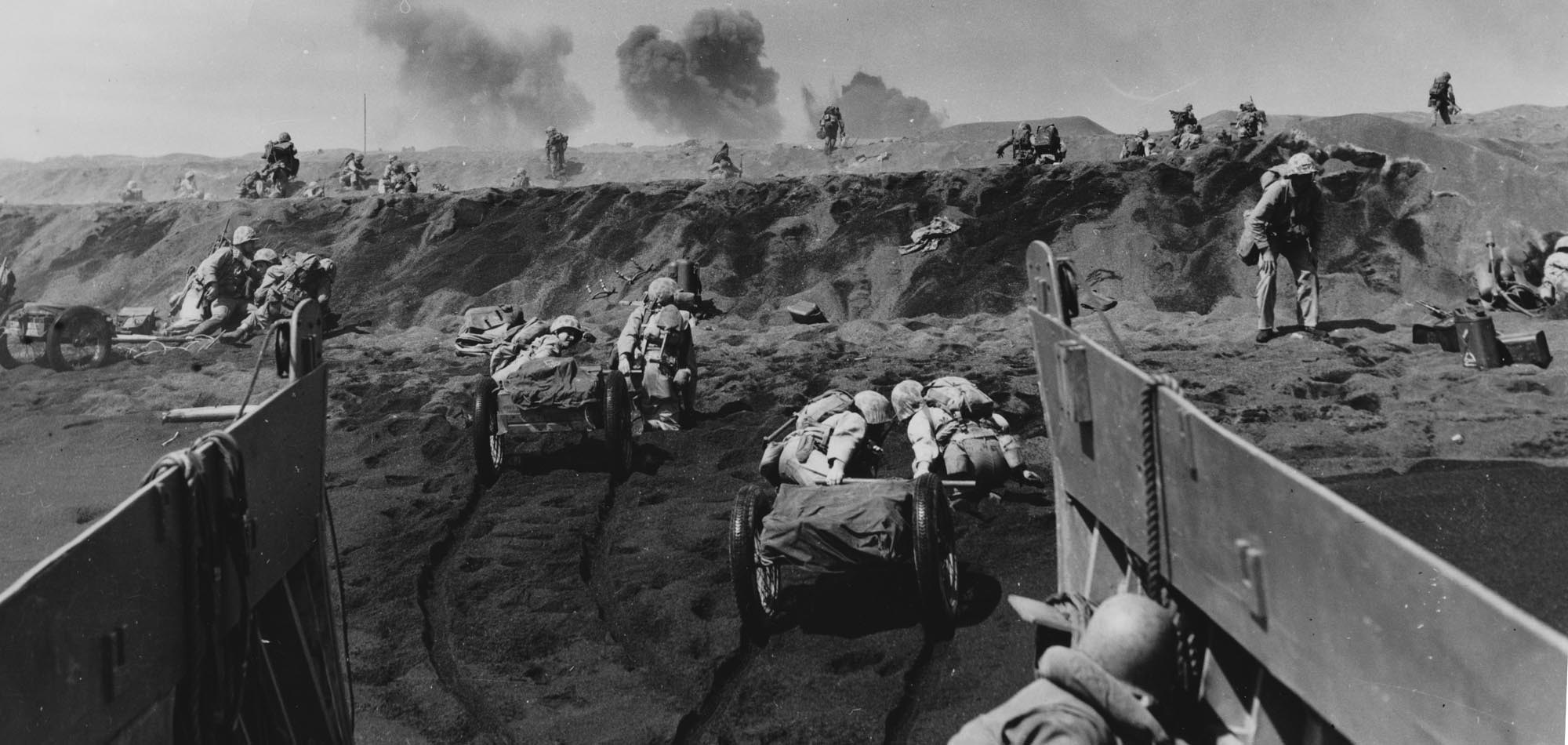
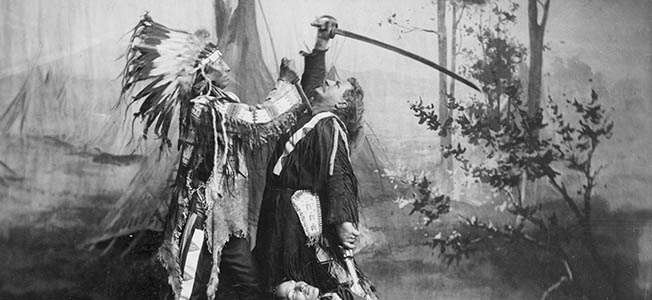
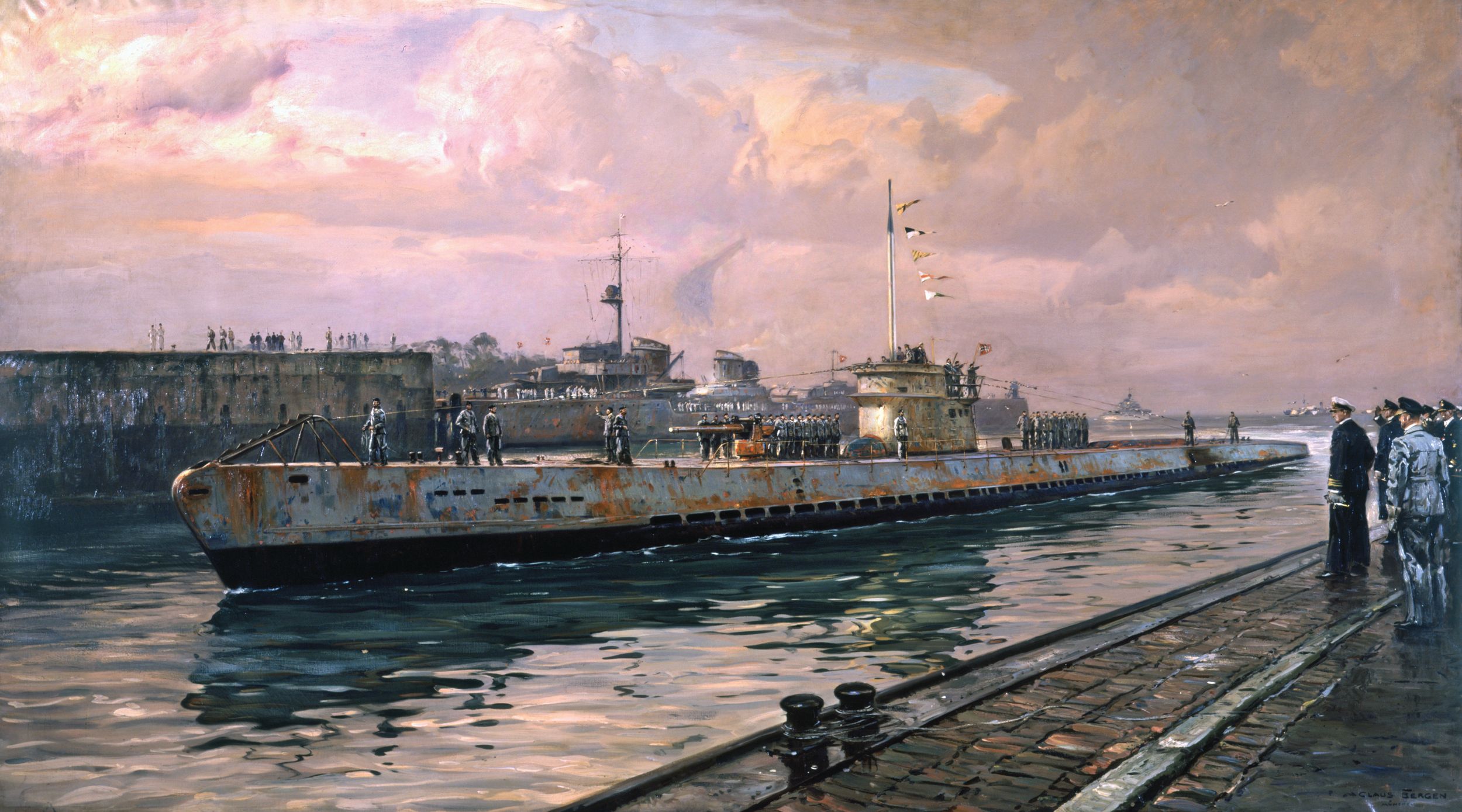
This was an excellent article concerning a german division of War II fame. The Sarr campaign was a highlight of its existence.
Dear Sir, The tank with turret number 25 on the photo should be identified as an Panzer IV
I had a workmate/friend named Willie, (now departed) who was a part of German 11th Panzer Division, who were heading West out of Czechoslovakia to surrender to Americans not Russians. He had many stories of his experiences.
I was browsing Wikipedia and came across this about the 11th Pzr Division . My Dad was a Tank radio operator in the 15th Pzr Regiment in Russia and France. Many times he’s has recounted that General Patton had a certain respect for the 11th Pzr based on reputation for the unit surrender as written. Yesterday was ANZAC day in Australia (always amusing as my mum is English) . Anyway Dad ( who is 99 this year, a bit frail and deaf… and stubborn but ok) could be the last living veteran of the 15th Regt and likely one of the last of the 11th Pzr Div!!. (Berthold R H Keller) if there is still a “old boys club / reunion group)” he would be happy have a beer “toast”. (Maybe Facebook or something) Regards Alex Keller . Sydney Australia.
I read this article again today. Was Dad’s birthday a few weeks ago on the 21st July. Yes he 99, Berthold R H Keller possibly the last or one of the last, surviving members of the entire 11th Panzer Division and likely the last surviving member of the 15th Pzr Regiment (was a Lance Corporal – Radio operator at the end of the War, then went to help in the Berlin Blockade with the American Airlift with then started. He was not at the surrender of the Division, photographed in the article, as had been separated from the Unit as they were moving toward the Czech border in the time after they withdrew from France and were being constantly pressed back by the Americans across the south of Germany. I’m off to see him now at the retirement aged care unit in Sydney (lives near Liverpool) Australia. Alex Keller